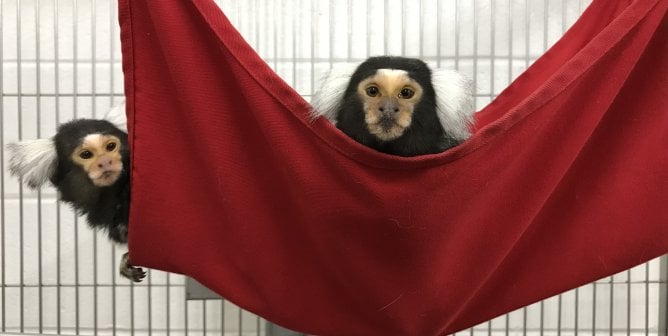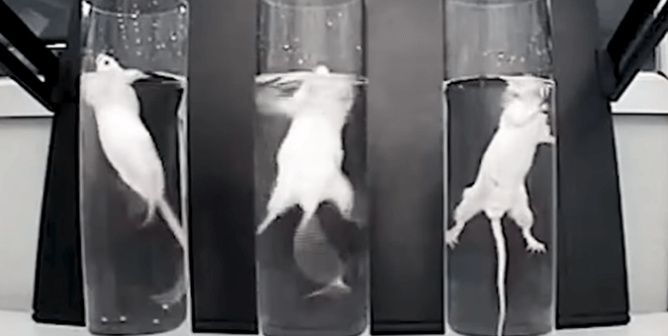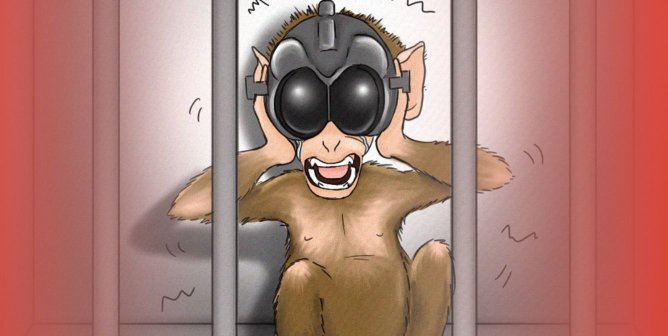Animal Testing Facts and Alternatives
Right now, millions of mice, rats, rabbits, primates, cats, dogs, and other animals are locked inside barren cages in laboratories across the country. They languish in pain, suffer from extreme frustration, ache with loneliness, and long to be free.
Instead, all they can do is sit and wait in fear of the next terrifying and painful procedure that will be performed on them. The complete lack of environmental enrichment and the stress of their living situation cause some animals to develop neurotic types of behavior such as incessantly spinning in circles, rocking back and forth, pulling out their own fur, and even biting themselves. After enduring a life of pain, loneliness, and terror, almost all of them will be killed.
There are many non-animal test methods that can be used in place of animal testing. Not only are these non-animal tests more humane, they also have the potential to be cheaper, faster, and more relevant to humans.
While some of the experimentation conducted on animals today is required by law, most of it isn’t. In fact, a number of countries have implemented bans on the testing of certain types of consumer goods on animals, such as the cosmetics-testing bans in the European Union, India, Israel, New Zealand, Norway, and elsewhere.
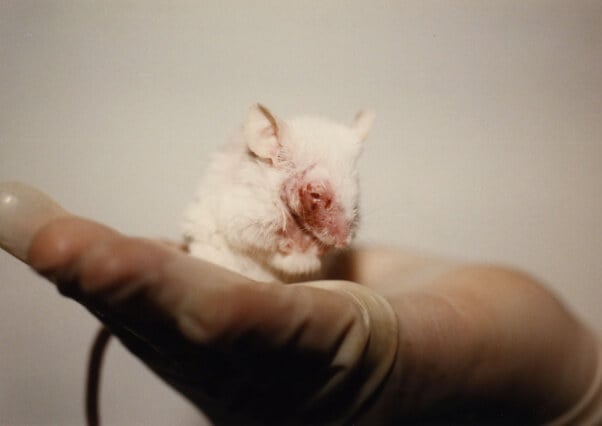
Millions of Animals Suffer and Die in Testing, Training, and Other Experiments
More than 100 million animals suffer and die in the U.S. every year in cruel chemical, drug, food, and cosmetics tests as well as in medical training exercises and curiosity-driven medical experiments at universities. Animals also suffer and die in classroom biology experiments and dissection, even though modern non-animal tests have repeatedly been shown to have more educational value, save teachers time, and save schools money. Exact numbers aren’t available because mice, rats, birds, and cold-blooded animals—who make up more than 99 percent of animals used in experiments—are not covered by even the minimal protections of the Animal Welfare Act and therefore go uncounted.
Examples of animal tests include forcing mice and rats to inhale toxic fumes, force-feeding dogs pesticides, and dripping corrosive chemicals into rabbits’ sensitive eyes. Even if a product harms animals, it can still be marketed to consumers. Conversely, just because a product was shown to be safe in animals does not guarantee that it will be safe to use in humans.
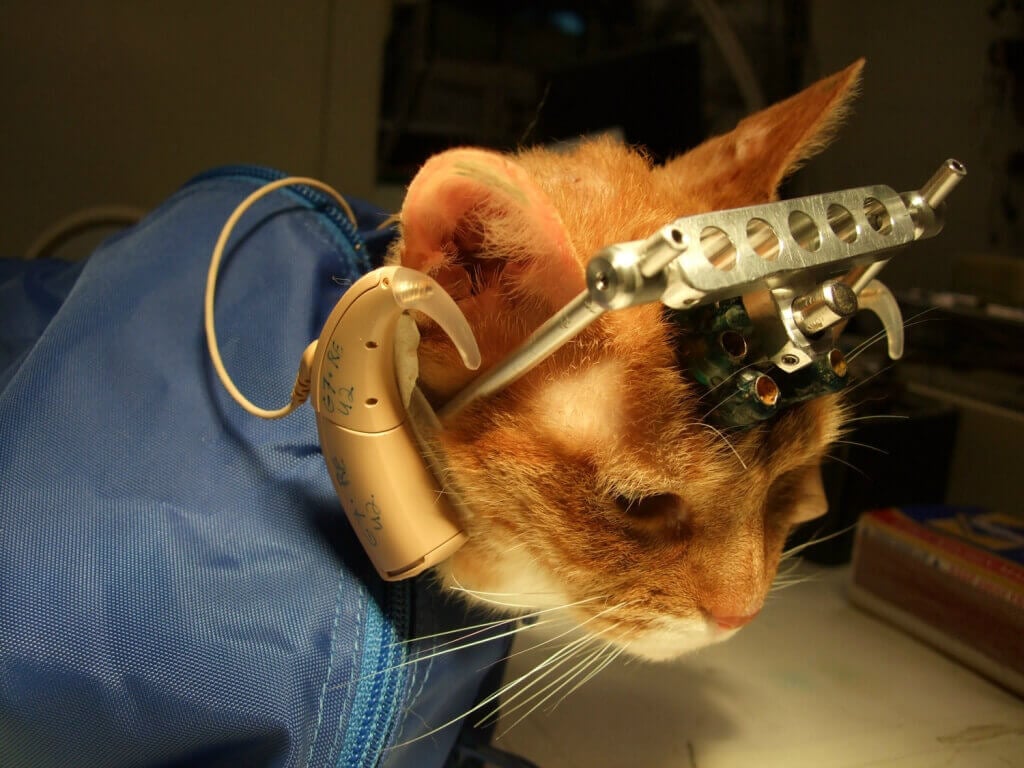
Taxpayer and Health Charities’ Dollars Fund Experiments on Animals
Animals are also used in toxicity tests conducted as part of massive regulatory testing programs that are often funded by U.S. taxpayers’ money. The Environmental Protection Agency, the Food and Drug Administration, the National Toxicology Program, and the U.S. Department of Agriculture are just a few of the government agencies that subject animals to crude, painful tests.
The federal government and many health charities waste precious dollars from taxpayers and well-meaning donors on animal experiments at universities and private laboratories, instead of supporting promising clinical, in vitro, epidemiological, and other non-animal studies that could actually benefit humans.
A Century of Suffering
Experimenters have tortured animals in laboratories throughout history. “Without Consent,” PETA’s interactive timeline, features almost 200 stories of twisted experiments, including ones in which dogs were forced to inhale cigarette smoke for months, mice were cut up while still conscious, and cats were deafened, paralyzed, and drowned. Visit “Without Consent” to learn about more harrowing animal experiments throughout history and how you can help create a better future for living, feeling beings.
What You Can Do

Each of us can help prevent animal suffering and deaths by buying cruelty-free products, donating only to charities that don’t experiment on animals, requesting alternatives to animal dissection, demanding the immediate implementation of humane, effective non-animal tests by government agencies and corporations, and calling on our alma maters to stop experimenting on animals.
With the help of our members and supporters, PETA campaigns globally to expose and end the use of animals in experiments. Some of our efforts include the following:
- Conducting groundbreaking eyewitness investigations and colorful advocacy campaigns to educate the public
- Pushing government agencies to stop funding and conducting experiments on animals
- Encouraging pharmaceutical, chemical, and consumer product companies to replace tests on animals with more effective non-animal methods
- Helping students and teachers end dissection in the classroom
- Funding humane non-animal research
- Publishing scientific papers on the superiority of non-animal test methods
- Urging health charities not to invest in dead-end tests on animals
This multifaceted approach yields scores of victories for animals imprisoned in laboratories every year.



